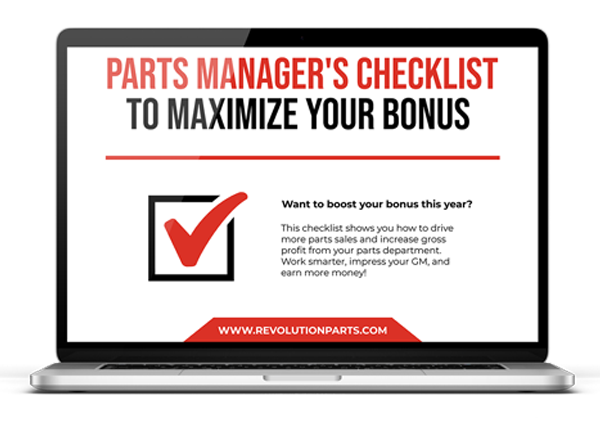The automotive industry has seen incredible diversification and growth within the last few years. With the rise of new specialty automotive products and the continued growth of online retail, specialty automotive parts manufacturers are experiencing a new set of challenges.
To maintain steady profitability in online retail’s competitive world, specialty automotive parts manufacturers must pivot their business models to align with new online trends, reflect consumer behaviors, and streamline operational processes.
Growing Market Size
According to the Specialty Equipment Market Association (SEMA), specialty automotive parts represent a nearly 50 billion dollar market in the U.S., with the online retail market making up nearly 20%. While the size of the online market continues to expand, the diversification has led to many competitors.
Additionally, the rising economic pressures being felt by consumers are causing them to keep older cars for longer. As a result, DIY automotive maintenance and upgrade activities are growing among vehicle owners, which represents continued growth and profitability for specialty automotive parts sellers. The online B2C market alone is around $8 billion and returns an estimated $346 million in profit.
Buyer Behavior Insights
The most significant changes to affect the specialty automotive parts business are the changes in buyer behavior. Consumers today are well-versed in online shopping, and most of them are pivoting away from in-person shopping and turning towards making most of their purchases online.
According to a recent survey from RevolutionParts, 26% of online consumers bought specialty automotive parts on the websites of major retailers. Nearly 20% of online consumers bought specialty automotive parts from online marketplaces like Amazon and eBay. Only 10% of shoppers bought parts at a brick-and-mortar store.
With the massive surge in consumers making their purchases online, it’s important to understand the factors that contribute to this buying behavior. There are five primary factors that influence where consumers shop for specialty automotive parts.
- Company/ Manufacturer Reputation
- Price
- Product Ranking
- Free Shipping
- Fast Shipping
Nearly 66% of consumers reported that company reputation and price were critical factors when making their online buying decisions. Product ranking came in second at around 58%, while free and fast shipping accounted for 45% and 42%, respectively.
Factors in the research stage and the quality of the product post-install aren’t the only contributing influences to a final purchase decision. Today’s consumers also consider what happens after the purchase during the buying process.
78% of buyers who purchased replacement parts from an specialty automotive parts manufacturer installed the parts themselves. In comparison, 94% of accessories buyers opted to install the parts themselves, and only 31% of buyers who bought tires or wheels installed the parts themselves.
Consumers looking for quick and easy vehicle fixes are more likely to purchase parts from eCommerce sites that they can install themselves. Online specialty automotive parts sellers should refocus their efforts to position their brands to align with these consumer preferences and values.
Multi-Channel Selling Models
One of the biggest operational opportunities for specialty automotive parts manufacturers is selling through multiple channels. Manufacturers have one constant stream of products and sales to measure when selling parts through a designated website. With additional selling channels like online marketplaces, independent resellers, automotive chains, and general retail corporations added to the list, revenue generation is compounded. That being said, the managerial challenges can be similarly affected.
Multi-channel selling can impact the effectiveness of inventory management, shipping management, pricing information, overhead costs, customer interactions, and much more. Pulling data from multiple systems across selling channels can often lead to errors and inconsistencies. This can affect the buying experience for the end customer and cost manufacturers money.
To overcome this, specialty automotive parts manufacturers need to look inwardly at their current processes and see where they can consolidate. How much data can they pull from their existing selling channels into a single space? What tools can they use to help avoid inventory errors and customer-facing issues? What revenue streams are gaining the most business? Once these elements have been identified, tools can be easily implemented to manage them better.
Understanding These Market Opportunities Gives You Power
The digital retail sphere is constantly changing, and specialty automotive parts manufacturers have ample opportunities to meet the demands of a growing parts market. B2C and B2B customer segments alike are transforming how they buy, where they buy, and even why they buy. Streamlining digital processes to deal with these shifts in buyer behavior can help manufacturers scale their business without compromising quality. To be truly effective, they will have to adopt tools that allow them to capture more of the growing market, align with consumer buying habits, and easily sell across multiple channels.
If you are a specialty automotive parts manufacturer ready to grow your business, click the button below to contact us for a free consultation.




